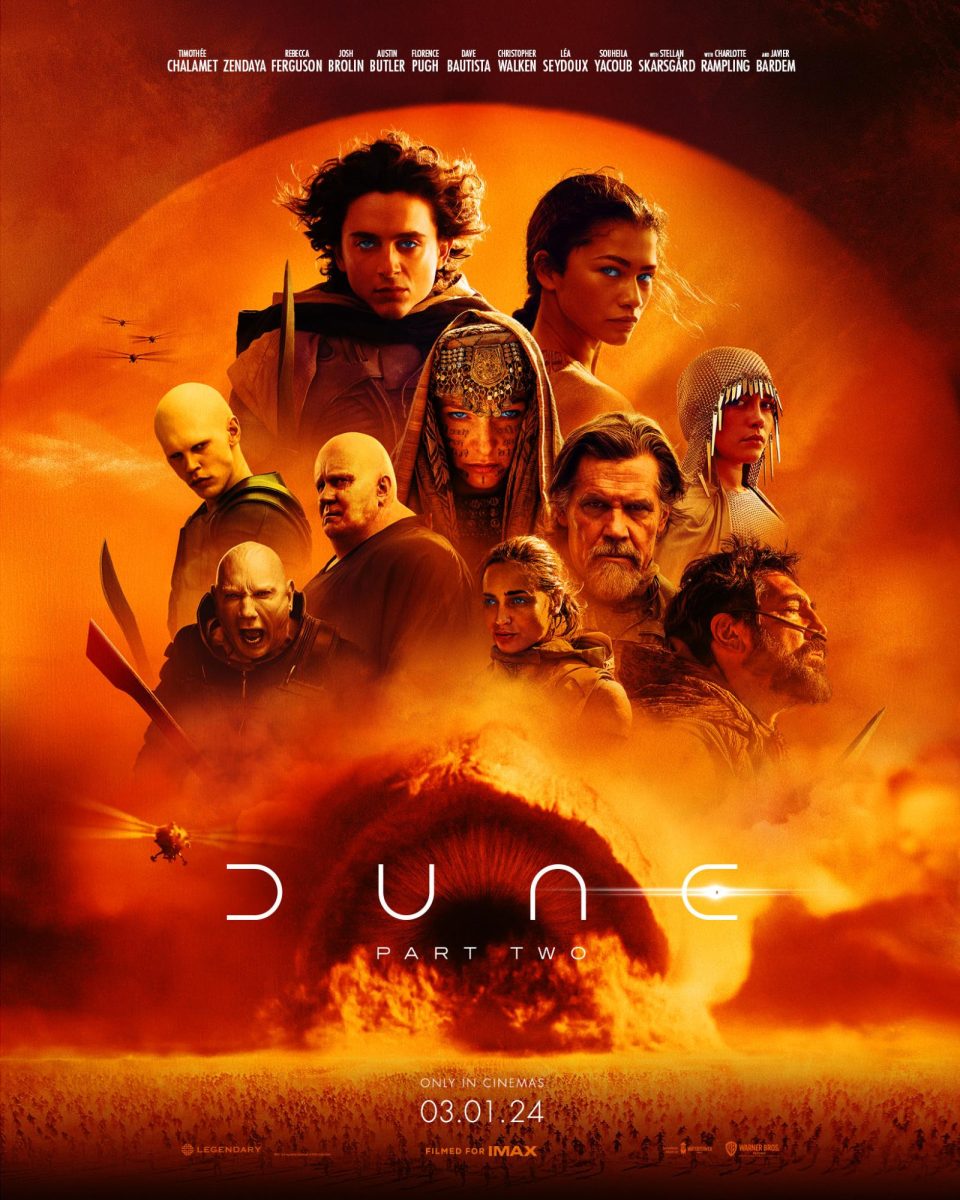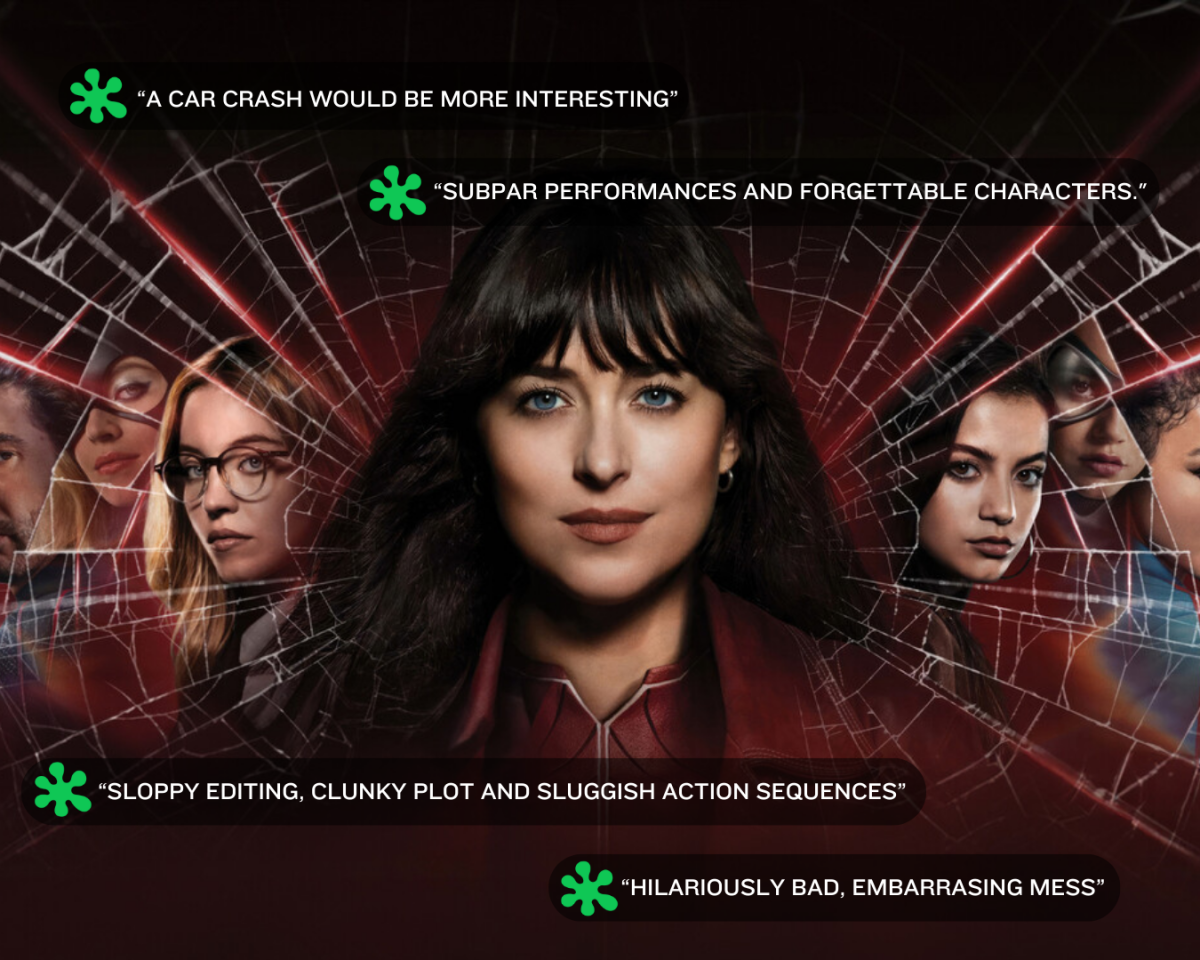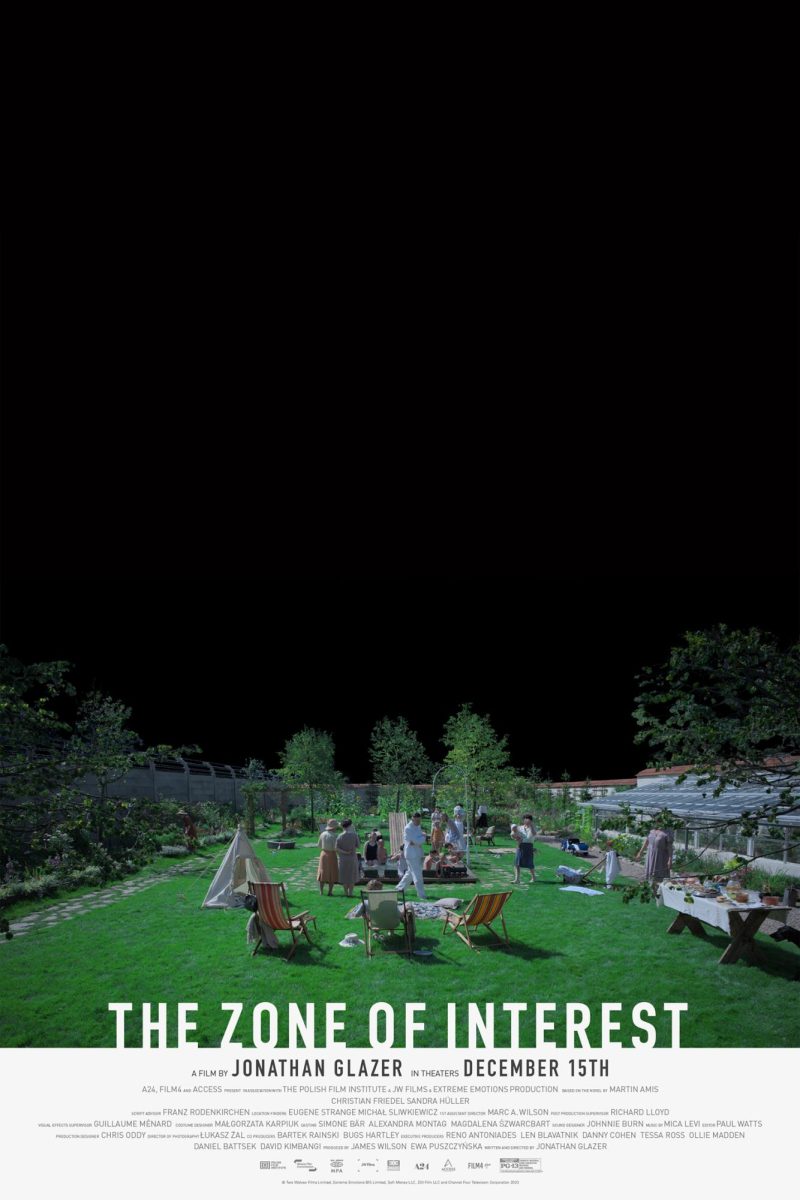
Spoilers ahead for: Dune
Denis Villeneuve’s highly anticipated film “Dune” finally hit the big screen for American moviegoers on Oct. 22. Originally scheduled to premiere in December 2020, it was delayed due to worldwide lockdowns during the COVID-19 pandemic.
The movie is an adaptation of the 600-page sci-fiction novel of the same name by Frank Herbert. While the current market has been dominated by predictable action flicks and bland comic book movies, “Dune” represents something more slow-paced and thoughtful. It attempts to tackle grandiose ideas on a cosmic scale and does so at its own pace.
The performance of “Dune” in theaters is significant for the sci-fi movie genre. The movie is an excellent reminder that, unlike recent disappointments that include“Star Wars” spin-offs, “Terminator” sequels and similar movies, Hollywood is still capable of producing brilliant movies if headed by competent people.
“Dune” is set in the far future, where humans have built a cosmic empire and colonized the entire galaxy. The empire is dominated by the Emperor and several wealthy, noble houses that resemble the feudal system of early medieval times. This is made possible by a rare commodity called “spice melange,” which works as a narcotic to the mind and grants extended life, increased awareness and psychic visions. It also helps space pilots to navigate from one side of the galaxy to another.
However, only one planet in the whole universe has this commodity: the desert planet of Arrakis.
Whoever controls Arrakis controls the spice, and whoever controls the spice controls the galaxy. Arrakis is one of the toughest planets to live on, and mining the spice is one of the galaxy’s most dangerous jobs. Aside from the environment, other factors that complicate spice mining are the giant sandworms that can swallow entire ships, and frequent raids from the local population known as the Fremen.
For a few generations, the oppressive House Harkonnen was in charge of Arrakis. However, at the start of the movie, the Emperor orders House Harkonnen to leave Arrakis and hand control of the planet over to House Atreides. Duke Leto Atreides, played by Oscar Isaac, travels with his son Paul and concubine Lady Jessica, portrayed by Timothée Chalamet and Rebecca Ferguson respectively, to take charge of the desert planet.
Unfortunately for House Atreides, this turns out to be a trap. Atreides’ forces get annihilated in a massive attack coordinated by the Harkonnens with the assistance of the Emperor, leaving only a few survivors, one of whom happens to be Paul. Thus begins the journey of this unprepared young man to become the legendary messiah that is meant to unite the Fremen.
Villeneuve’s “Dune” is a visual masterpiece that looks absolutely stunning. His previous movies, including “Arrival” and “Blade Runner 2049,” proved him to be more than capable of delivering visual spectacle that goes beyond computer-generated effects, explosions or chase scenes. Every scene in “Dune,” from the wide views of landscapes to shots of spaceships orbiting the planets, is gorgeous. It is an excellent example of modern filmmaking technology in use.
In an interview with Wired magazine, Villeneuve describes his approach to production.
“I wanted the design of the movie to be as close to reality as possible, in some ways,” he said. “We are far away in the future, but I wanted something very grounded, something that feels real.”
The casting and performance in the movie are spot on. Isaac is perfect as a highly regarded and honorable Duke Leto. Josh Brolin and Javier Bardem are both top-tier actors that never drop the ball. Stellan Skarsgård gives a flawless performance as the cold and calculating Baron Harkonnen. Chalamet may appear to be too young and inexperienced at first glance, but he plays his cards well enough to be a perfect fit for Paul, a character who comes unprepared for the challenges awaiting him. He grew on me over the course of the movie, and there are moments where he manifests his darker side that play out very well. Despite being actively shown in marketing campaigns, Zendaya’s character gets little screen time and only appears near the movie’s end.
It is hard to say that this movie has a definitive ending, as it stops in the middle of the story without a particular conclusion or denouement. This might be explained by the director’s decision to split the book across a trilogy of films.
By and large, this movie is an excellent prologue for the setup of the “Dune” universe. Following the events of the source material, it covers Paul’s ascension as a leader of the Fremen, his struggle to become the messiah and the battle to retake Arrakis.
“Dune” is an innovative, brilliant and technologically advanced movie. We need more movies like this, and we will get them only if we pay for them. Hopefully viewers are ready to return to theaters, because this film certainly deserves an audience.

















